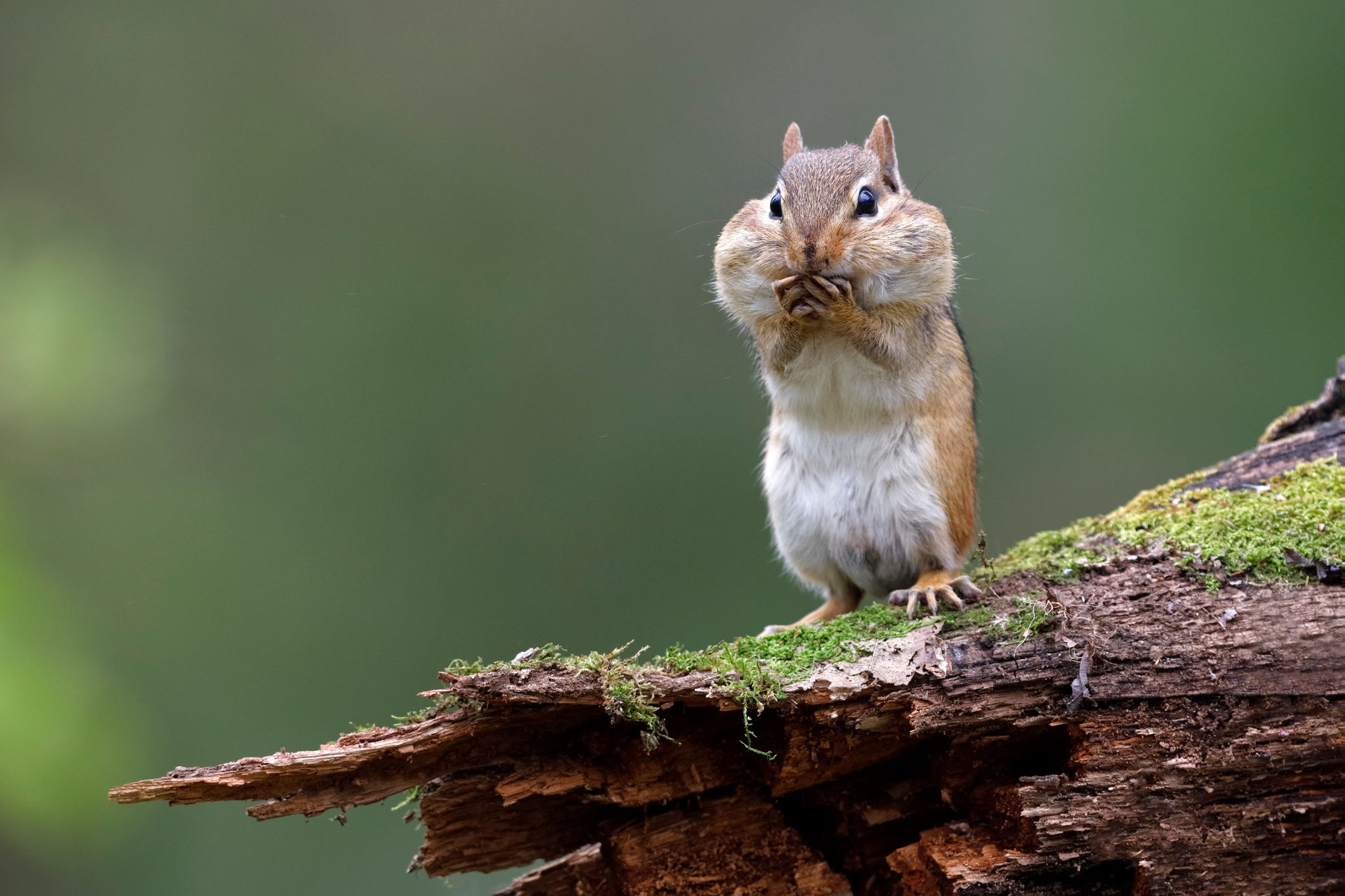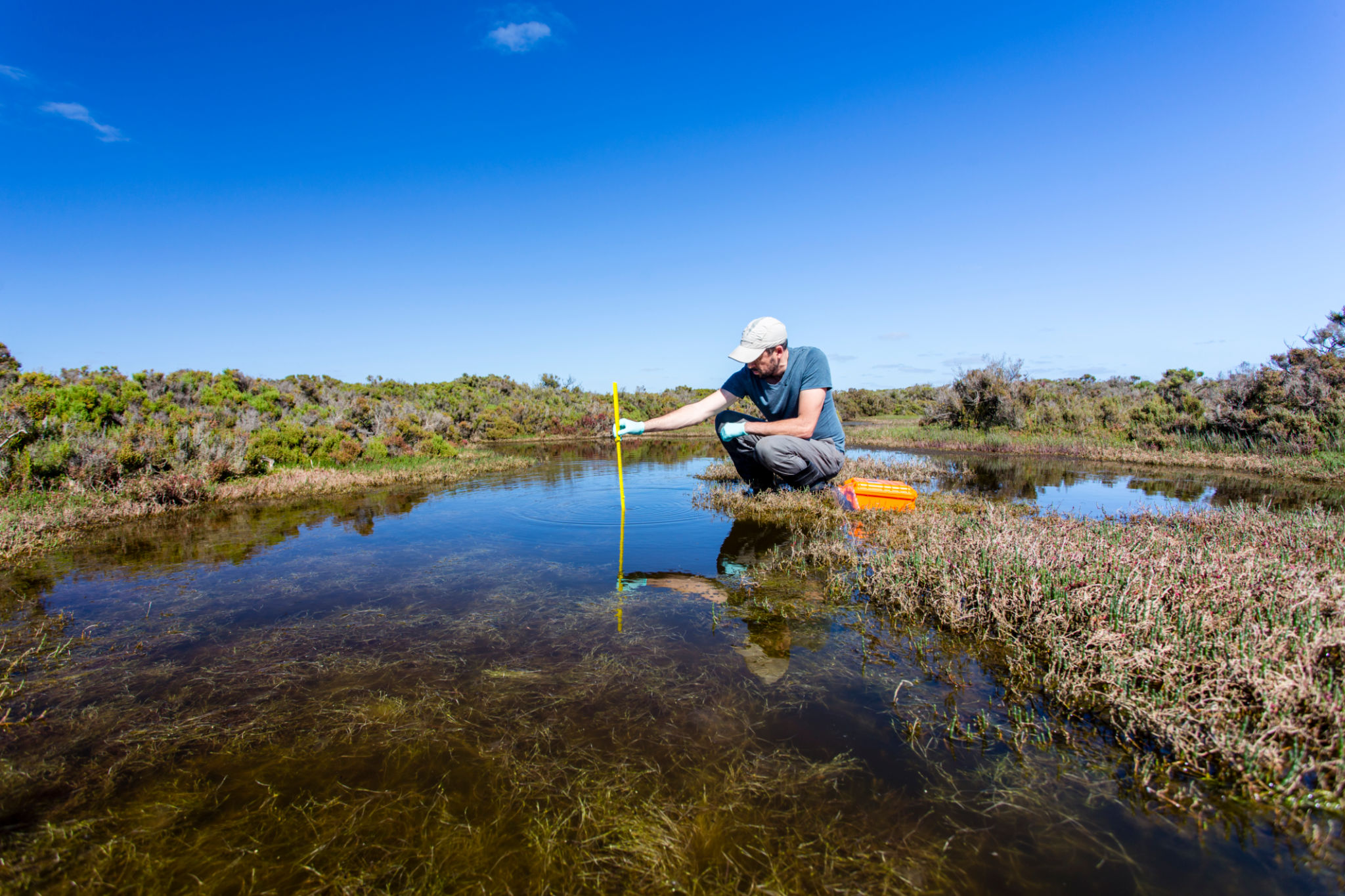Case Study: Successful Biodiversity Assessment for a Local Walton County Project
Introduction to Walton County's Biodiversity Assessment
In recent years, biodiversity has become a crucial focus for environmental sustainability projects worldwide. A local project in Walton County has emerged as a noteworthy case study, demonstrating how comprehensive biodiversity assessments can be successfully conducted to promote ecological health and sustainability. This initiative not only highlights the importance of preserving local ecosystems but also serves as a model for other regions aiming to implement similar programs.
Biodiversity assessments play a critical role in understanding and maintaining the ecological balance of an area. They involve detailed studies of species, habitats, and ecosystems to identify any threats or declining populations. The Walton County project is a testament to how such assessments can lead to actionable insights and tangible environmental benefits.

Project Goals and Objectives
The primary goal of the Walton County biodiversity assessment was to create a detailed inventory of the local flora and fauna. This inventory would serve as a baseline for future conservation efforts and help identify areas where intervention might be necessary. Key objectives included:
- Documenting the diversity of species present in Walton County.
- Identifying critical habitats that require protection or restoration.
- Assessing the impact of human activities on local biodiversity.
- Engaging community stakeholders in conservation efforts.
By achieving these objectives, the project aimed to foster a deeper understanding of local ecosystems and inform strategies for sustainable development.
Methodology and Execution
The biodiversity assessment was conducted using a combination of field surveys, remote sensing technology, and community science initiatives. Teams of ecologists and volunteers collected data across various habitats, including forests, wetlands, and coastal areas. These efforts were complemented by cutting-edge technology such as drones and geographic information systems (GIS) to map and analyze the region's ecological features.

An essential aspect of the methodology was the involvement of local residents. Community workshops and citizen science programs allowed the project to tap into local knowledge while raising awareness about biodiversity conservation. This participatory approach not only enriched the data collected but also fostered a sense of ownership and responsibility among community members.
Findings and Impact
The assessment revealed a rich tapestry of biodiversity in Walton County, with several rare and endangered species identified within its borders. Among the most significant findings was the discovery of critical habitats that serve as breeding grounds for native wildlife, underscoring the need for protective measures.
Furthermore, the data highlighted areas where human activities, such as urban development and agriculture, posed threats to biodiversity. These insights have already led to policy recommendations aimed at minimizing ecological disruption while supporting economic growth.

Community Engagement and Education
A key success factor of this project was its focus on community engagement. By involving local schools, civic groups, and residents, the initiative fostered a culture of environmental stewardship. Educational programs were developed to teach residents about the importance of biodiversity and how they can contribute to preserving it.
The project also encouraged community members to participate in ongoing monitoring efforts, ensuring that the assessment's impacts would be sustained over time. This grassroots involvement has been crucial in maintaining momentum for conservation actions beyond the project's initial scope.
Conclusion and Future Directions
The successful biodiversity assessment in Walton County serves as an inspiring example of how local initiatives can make a significant impact on environmental conservation. By combining scientific rigor with community engagement, the project not only achieved its immediate objectives but also laid the groundwork for future efforts in ecological preservation.
Looking ahead, there are plans to expand this model to other areas within the region, adapting the strategies to address unique environmental challenges. Through continued collaboration between scientists, policymakers, and communities, Walton County is poised to remain at the forefront of biodiversity conservation efforts.